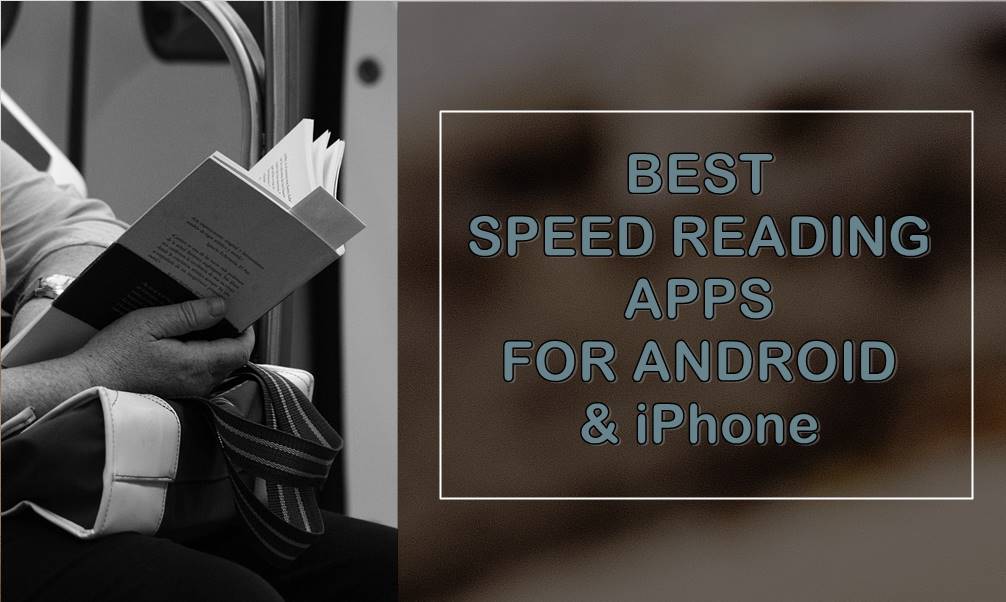
Speed Reading Apps helps in making you read faster and thus improves your learning skill. Reading is one of the four basic skills that indicate a person’s language proficiency. For example, to read your_text_file.txt at 400 WPM, you would enter: cat your_text_file.txt |.
#BEST SPEED READING APP ANDROID INSTALL#
To install it, clone the GitHub repository on your device and type in the appropriate command to read a document at your preferred word-per-minute (WPM) rate. My favorite application is Speedread, a simple terminal program that shows text files word-by-word at the optimal reading point.

It is available in the F-droid and Google Play app stores.
#BEST SPEED READING APP ANDROID ANDROID#
Other options include Spray Speed-Reader, an open source speed-reading application written in JavaScript, and Sprits-it!, an open source web application that enables speed-reading of web pages.įor Android users, Comfort Reader is an open source speed-reading app. It works on Linux, Windows, and MacOS and is released under the GPL, so you can play with it however you want. One is Gritz, an open source file reader that makes words pop up, one at a time, to reduce regression. There are several interesting open-source applications that you can use to exercise your reading speed. 5 open source applications to train your brain Regression is a mechanism of laziness because our brains can re-read any material at any time, thus reducing concentration. One way to do this is to occupy the internal voice with another task, chewing gum, for example.Ī second exercise consists of reducing regression, or re-reading text. The key to reducing subvocalization is to say only some of the words that are read. It is a natural process that slows down reading, as reading speed is limited to the speed of speech. The first exercise consists of reducing subvocalization, mainly known as silent speech, which is the habit of pronouncing words internally while reading them.

Therefore, we have to exercise our reading skills to become more adept and efficient at this basic task of communication. The first writing system was created around 5,000 years ago, not long enough for people to develop into reading machines. Reading is not a natural process for human beings, as it is a fairly recent development in the span of human existence. In practice, the main differences among faster readers are a shorter-than-average fixation period, a longer-distance saccade, and less re-reading. Finally, we change the location of our fixation point, an operation called saccade, a time when no new information is acquired. In the second step, we bring in (process) new information while the eye is fixated. In step one, we determine a fixation point in the text, called the optimal recognition point. According to French ophthalmologist Louis Emile Javal, reading is a three-step process: Reading and processing inputīefore diving into the topic of speed reading, let's examine the reading process. The goal is to increase your reading speed while still achieving high levels of comprehension.
:max_bytes(150000):strip_icc()/ScreenShot2017-04-23at3.42.38PM-58fd04143df78ca159b35311.png)
The goal of learning these skills is not just to skim text, because reading without comprehension is wasted effort. Given the large amount of written information we take in each day, it seems advantageous to train our brains to read faster by doing specific exercises that challenge our classical reading habits and teach us to absorb more content and data. English essayist and politician Joseph Addison once said, "Reading is to the mind what exercise is to the body." Today, most (if not all) of us are training our brains by reading text on computer monitors, television screens, mobile devices, street signs, newspapers, magazines, and papers at work or school.


 0 kommentar(er)
0 kommentar(er)
